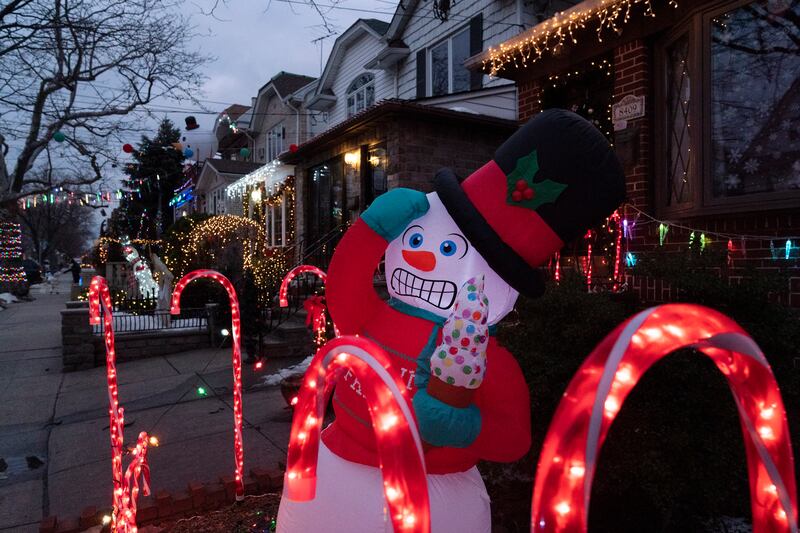After an unseasonably mild winter last year, Utahns must be happy at the prospect of snowfall this week, just in time to make this Christmas a bit more magical. Unfortunately for the vast majority of the United States this year, there won’t be any blanket of white on the ground. Thanks to climate change, white Christmases are becoming fewer and far between.
No, this isn’t a doomsday prediction about less snowfall in the future. It’s a reality many Americans are noticing across the country.
I grew up in Appleton, Wisconsin, a small city near Green Bay. Normal temperatures run the gamut between 0 and the high 80s. What’s shocking to many, though, is we haven’t had a true white Christmas in years. Even as a 24-year-old who hasn’t seen decades of weather disruptions yet, this change has been apparent. My childhood years offered me an annual white Christmas — guaranteed. It is Wisconsin, after all. And our family tradition on Christmas Day was to go sledding after opening presents. Now that my two siblings and I are young adults, we’d still like to participate in that tradition — if we could.
As we’ve grown up, the level of snowfall has significantly tapered off. White Christmases in the Green Bay area have become as rare as the Packers winning the game prior to the Super Bowl (they’ve lost four straight NFC championship games). December this year has been exceptionally warm for that region of the state, where the average high has been over 36 degrees and residents have seen only 2-4 inches of snow, all of which melted during a record-breaking series of days last week with highs in the low 60s. For reference, Appleton usually receives 11 inches of snow each December with an average high under 29 degrees. The staggering difference between this year and the average isn’t an anomaly, as this sort of trend has become the norm over the past decade.
Other states are noticing the same result, including Utah, a state that relies as heavily on the economic benefits of snowfall as any in the country. In a state where 2.5% of the state’s gross domestic product comes from outdoor recreation, there’s an estimated $468 million in added economic value from snow-related recreation annually. According to a report compiled by the EPA during the Trump administration, winter rain in Salt Lake City has replaced roughly 40% of winter snowfall since 1950. In my home region of Wisconsin, the same study showed a 20%-30% decrease in snowfall. For a country where our outdoor industry produces 4.3 million jobs and $689 billion in consumer spending, the lack of white Christmases ahead portends bigger challenges than a cushion for Santa’s sleigh.
Climate science is complex and can be incredibly confusing. However, once stripped down, the effects of climate change on snow are actually fairly simple. As global temperatures increase, precipitation is expected to increase as well. So, for areas that remain below freezing, they will actually receive more snowfall than usual. However, once temperatures rise above freezing, the increased precipitation turns to rainfall, replacing snow. That doesn’t mean we won’t continue to see some snowfall in those areas — or even extreme cold — but it is becoming less likely to happen. These noticeable changes exhibit our planet’s cry for help to reduce greenhouse gas pollution as rapidly as possible, which is only possible if we can make lowering said pollution profitable and easy for people worldwide.
Thankfully, contrary to what we often hear in the media, not all hope is lost. Here in the United States, we’ve already started reducing emissions at historic levels this century and passed two of the biggest federal investments in fighting climate change in just the past year, both of which were resoundingly bipartisan. Ski resorts and other private-sector companies are finding opportunities to use their profits to invest in reducing their climate impact, too. Governors and legislators in numerous conservative and liberal states have also been charting a path toward common-sense solutions to lessen our impact. With this progress, we can use it to snowball into even more progress in 2022 and beyond.
As the demand for climate action continues to rise across the world, so do our temperatures. For the sake of the health of our communities, our outdoor recreation economy and, yes, our Christmas traditions, we need to prioritize our planet. Let’s make sure white Christmases are more than just lyrics in a song.
Benji Backer is the president and founder of the American Conservation Coalition.


